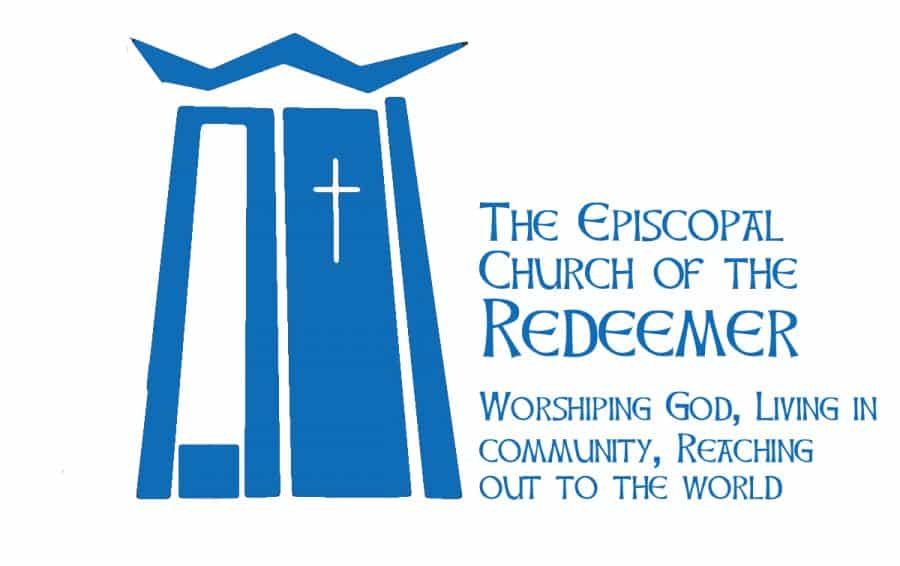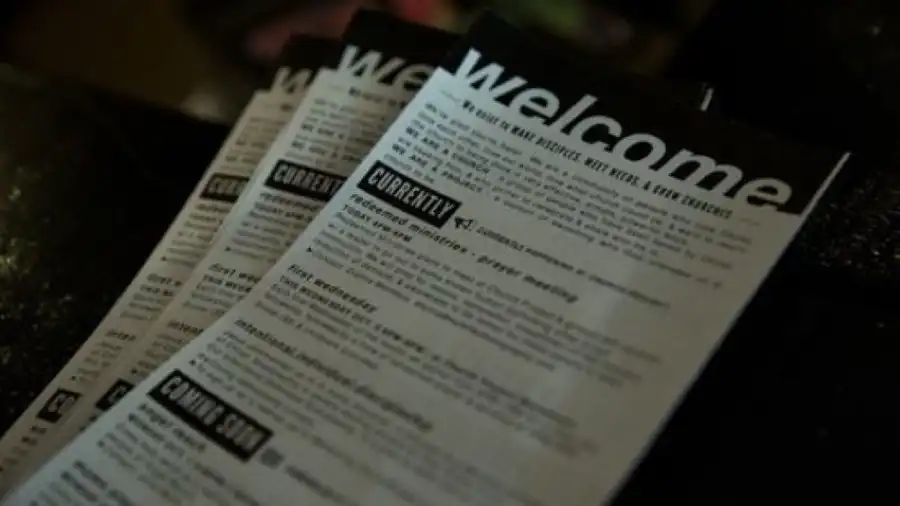This is the weekly bulletin insert from Sermons That Work.
The Transfiguration
August 6 is the Feast of the Transfiguration of Our Lord Jesus Christ, which commemorates Jesus’ unveiling as the Son of God, and his radical change of appearance while in the presence of Peter, James and John on a mountaintop.
The Gospel of Matthew records that Jesus “was transfigured before them, and his face shone like the sun, and his garments became white as light.” At this moment Moses and Elijah appeared, and they were talking with Jesus. Peter, misunderstanding the meaning of this manifestation, offered to make three “booths” (or “dwellings”) for Jesus, Moses, and Elijah. A bright cloud overshadowed them and a voice from the cloud stated, “This is my beloved Son, with whom I am well pleased; listen to him.” The disciples fell on their faces in awe, but Jesus encouraged them to arise and “have no fear.” When the disciples looked up, they saw only Jesus (Matthew 17:1-8).

The Transfiguration is also mentioned in two other gospel accounts (Mark 9:2-8 and Luke 9:28- 36) and is referred to in the Second Letter of Peter, which records that “we were eyewitnesses of his majesty” and “we were with him on the holy mountain” (2 Peter 1:16-18).
The Transfiguration is a pivotal moment because it revealed Christ’s glory prior to the crucifixion, and it anticipated his resurrection and ascension. It also prefigures the glorification of human nature in Christ. Some think that the setting on the mountain is significant because it becomes the point where human nature meets God, with Jesus acting as a point of connection between heaven and earth.
Celebration of the Transfiguration began in the eastern church in the late fourth century. The feast is celebrated on August 6, which is the date of the dedication of the first church built on Mount Tabor, which is traditionally considered to be the “high mountain” of the Transfiguration. There are scholars, however, who believe the Transfiguration occurred either on Mount Hermon, which borders Syria and Lebanon, or on the Mount of Olives in Jerusalem.
Collect for the Transfiguration
O God, who on the holy mount revealed to chosen witnesses your well-beloved Son, wonderfully transfigured, in raiment white and glistening: Mercifully grant that we, being delivered from the disquietude of this world, may by faith behold the King in his beauty; who with you, O Father, and you, O Holy Spirit, lives and reigns, one God, for ever and ever. Amen (Book of Common Prayer, p. 243).
Weekly bulletin inserts
This weekly bulletin insert provides information about the history, music, liturgy, mission, and ministry of The Episcopal Church. For more information, please contact us at stw@episcopalchurch.org.

Sermons That Work
For more than 20 years, Sermons That Work, a ministry of The Episcopal Church’s Office of Communication, has provided free sermons, Bible studies, bulletin inserts, and other resources that speak to congregations across the Church. Our writers and readers come from numerous and varied backgrounds, and the resources we provide are used in small house churches, sprawling cathedrals, and everything between.

Church of the Redeemer
Church of the Redeemer: Worshiping God, living in community, and reaching out to the world around us. We are an Episcopal Church serving north King County and south Snohomish County, Washington. As you travel your road, go with friends walking the way of Jesus at Redeemer.
Church of the Redeemer is at 6210 Northeast 181st Street in Kenmore, Washington. The campus is a short distance north of Bothell Way, near the Burke-Gilman Trail. The entrance looks like a gravel driveway. The campus is larger on the inside than it is on the outside. And we managed to hide a large building on the side of a hill that is not easily seen from the street.
The Episcopal Church welcomes you.




